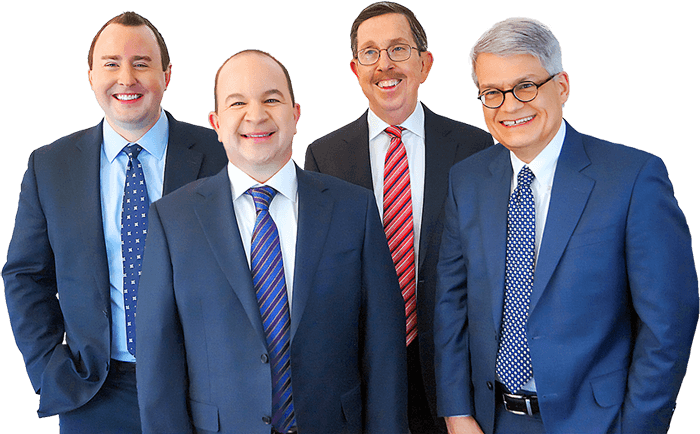Many types of driving behaviors contribute to the risks that drivers face on the road. Distracted driving is an umbrella term that covers a handful of these behaviors. While texting and driving gets the worst rap, drowsy driving is just as risky.
In fact, drowsy driving is one of the leading causes of crashes. As time goes on, it only grows deadlier, becoming a bigger and more pressing issue.
Affects of drowsiness on drivers
The Sleep Foundation looks at drowsy driving and its impact on crashes. Drowsiness affects the human body in a way similar to intoxication. In fact, many drowsy drivers exhibit similar behaviors and actions to intoxicated drivers. They may slur their speech, stumble and lack hand-eye coordination. They can also experience:
- Slowed reflexes
- Difficulty concentrating
- Trouble identifying oncoming danger
- Slowed mental processes
Drowsy drivers also fall asleep at the wheel or experience microsleep sometimes. These brief bursts of unconsciousness can put everyone on the road in great danger. This is particularly true on the highway, where a driver can travel the length of a football field in as little as 3 seconds.
Acceptance of drowsy driving
Another risk factor is the acceptance of drowsy driving by our society. Many people do not condone intoxicated driving. By contrast, drowsy driving is not taken as seriously. In fact, many people even think that drowsy driving is inevitable. After all, not many adults get enough sleep before heading in to work in the morning. The same goes for students driving to classes.
This combination of lethal effects and general acceptance leads to dangerous or deadly crashes. The number of injuries and fatalities will only continue to climb unless drowsy drivers come under greater scrutiny.


